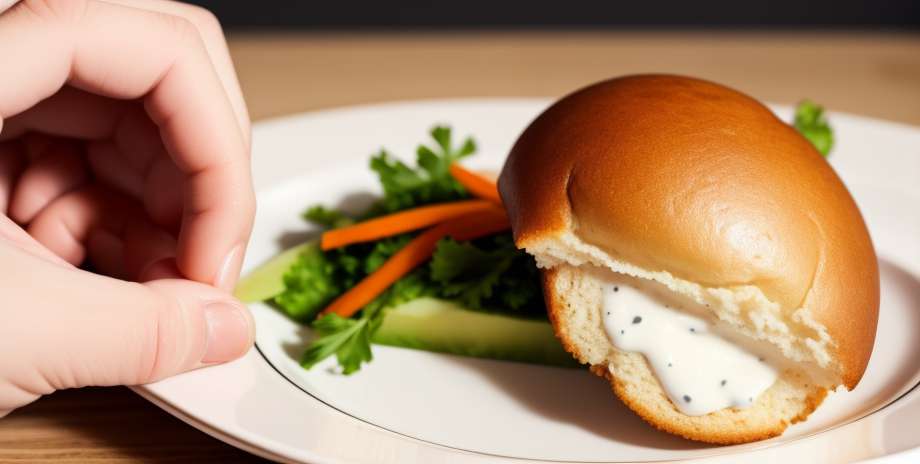5 things you should avoid during sex
April 2024

Some doctors have investigated extracts of cannabis, such as cannabidiol or CBD and delta 9 tetrahydrocannabinol or THC -the. According to their conclusions, the combination of the two aforementioned extracts can help alleviate especially the spasticity involved in multiple sclerosis.
What is spasticity?
Spasticity is a general term given to involuntary muscle contractions that are very common to multiple sclerosis. In this study conducted by Rowland Marie and Lakhan Shaheen , from the Global Neurosciences Initiative Foundation, we have seen that certain side effects of cannabis have the ability to limit the spasticity . But, of course, the effects vary according to the amount of cannabis or marijuana. The study carried out in Los Angeles indicates that cannabinoids have a therapeutic effect for multiple sclerosis.
The experiment
Patients with MS who have significant spasticity in the leg muscles were summoned from different places to participate in this experiment. Of the 16 respondents, six had progressive primary, 10 had the progressive secondary type. The average age was 46 years with multiple sclerosis for an average of fifteen years.
Three groups were formed and each one was assigned different treatment. One used cannabis oil; the second. tetrahydrocannabinol, which is a component of cannabis. And finally, placebo capsules, which only contained vegetable oil.
The patients were instructed to take the medications and reach a specific level of medication in the first five weeks of the experiment, but before eight weeks of monitoring passed.
Those who took the treatment, including the doctors, had no idea what it was. The doctors were responsible for assessing the stiffness of the muscles and their mobility every couple of weeks. Apart from the physical evaluation, questionnaires sent by mail were also used. All side effects would be studied.
Doctors measure muscle tone using a categorical scale that contains 0 as normal; the slight elevation as 1, elevation more marked as 2; considerable increase, 3 and as 4 rigid part in flexion or extension of the arms and legs. The patients had to have a score of two to be included.
The results
Most of the results were initially anecdotal and very difficult to interpret. But after some time of analysis, the meaning of them was finally determined.
The cannabinoids taken orally were very helpful. However, this result was not observed in all patients, only in those who smoked cannabis. In fact, other tests in previous years have shown their results regarding the effect of cannabinoids in the control of spasticity.